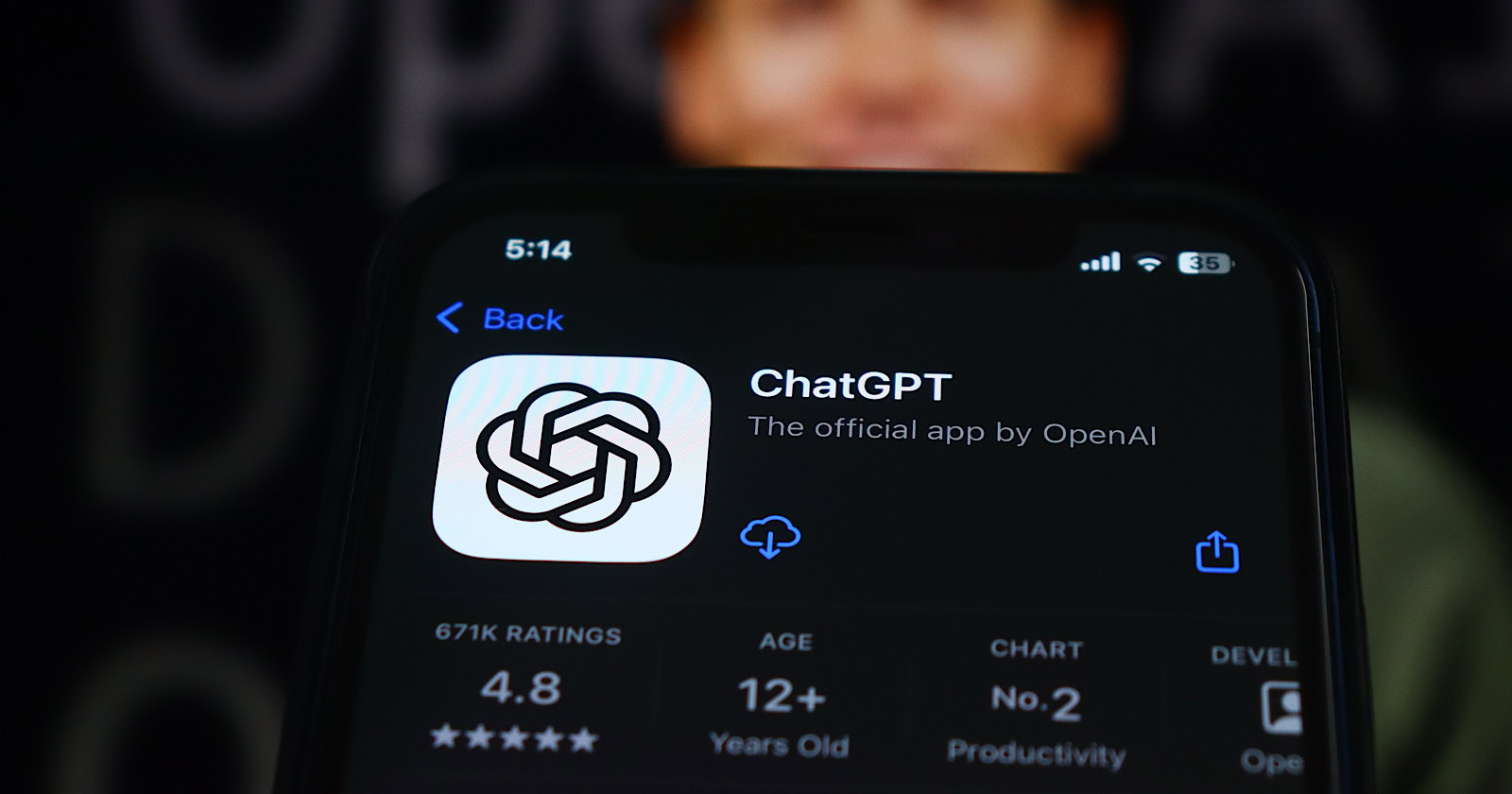New research from OpenAI and Harvard finds that “Seeking Information” messages now account for 24% of ChatGPT conversations, up from 14% a year earlier.
This is an NBER working paper (not peer-reviewed), based on consumer ChatGPT plans only, and the study used privacy-preserving methods where no human read user messages.
The working paper analyzes a representative sample of about 1.1 million conversations from May 2024 through June 2025.
By July, ChatGPT reached more than 700 million weekly active users, sending roughly 2.5 billion messages per day, or about 18 billion per week.
What People Use ChatGPT For
The three dominant topics are Practical Guidance, Seeking Information, and Writing, which together account for about 77% of usage.
Practical Guidance remains around 29%. Writing declined from 36% to 24% over the past year. Seeking Information grew from 14% to 24%.
The authors write that Seeking Information “appears to be a very close substitute for web search.”
Asking vs. Doing
The paper classifies intent as Asking, Doing, or Expressing.
About 49% of messages are Asking, 40% are Doing, and 11% are Expressing.
Asking messages “are consistently rated as having higher quality” than the other categories, based on an automated classifier and user feedback.
Work vs. Personal Use
Non-work usage rose from 53% in June 2024 to 73% in June 2025.
At work, Writing is the top use case, representing about 40% of work-related messages. Education is a major use: 10% of all messages involve tutoring or teaching.
Coding And Companionship
Only 4.2% of messages are about computer programming, and 1.9% concern relationships or personal reflection.
Who’s Using It
The study documents rapid global adoption.
Early gender gaps have narrowed, with the share of users having typically feminine names rising from 37% in January 2024 to 52% in July 2025.
Growth in the lowest-income countries has been more than four times that of the highest-income countries.
Why This Matters
If a quarter of conversations are information-seeking, some queries that would have gone to search may go toward conversational tools.
Consider responding to this shift with content that answers questions, while adding expertise that a chatbot can’t replicate. Writing and editing account for a large share of work-related use, which aligns with how teams are already folding AI into content workflows.
Looking Ahead
ChatGPT is becoming a major destination for finding information online.
In addition to the shift toward finding info, it’s worth highlighting that 70% of ChatGPT use is personal, not professional. This means consumer habits are changing broadly.
As this technology grows, it’ll be vital to track how your audience uses AI tools and adjust your content strategy to meet them where they are.
Featured Image: Photo Agency/Shutterstock


